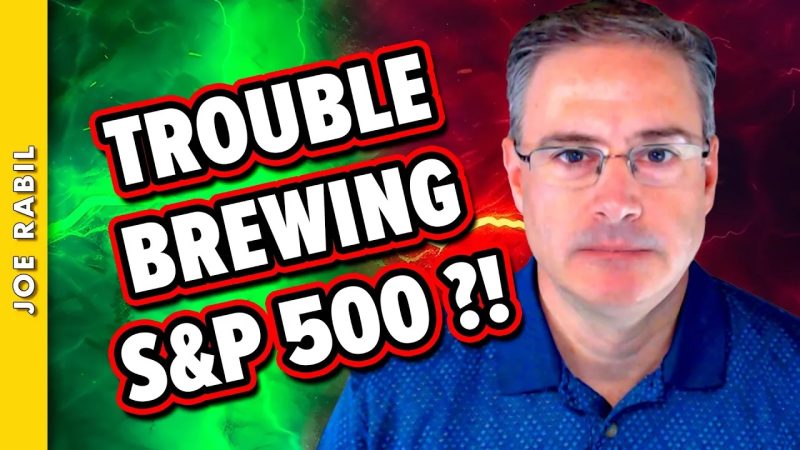In today’s ever-evolving financial landscape, investors and market enthusiasts are always on the lookout for signs that could signal a potential downturn in the stock market. As the SP 500 index serves as a crucial barometer for the overall health of the U.S. stock market, monitoring warning signs specific to this index becomes paramount for investors looking to safeguard their portfolios against potential losses.
One of the first warning signs to watch for is an inverted yield curve. This occurrence, where short-term interest rates surpass long-term rates, has historically served as a reliable predictor of economic downturns. Investors often see this as a signal that borrowing costs are increasing, which can have a negative impact on consumer spending and business investments, ultimately leading to decreased corporate earnings.
Another key indicator to keep an eye on is the relationship between stock prices and corporate earnings. If stock prices are rising faster than earnings growth, this could indicate that the market is becoming overvalued and may be due for a correction. By closely monitoring earnings reports and valuations, investors can gain valuable insights into the true health of the market.
Additionally, shifts in investor sentiment can play a significant role in signaling a potential market downturn. A rapid increase in market volatility or a sudden uptick in bearish sentiment among investors could be indicative of a change in market direction. By staying informed on investor sentiment indicators such as the Volatility Index (VIX) and sentiment surveys, investors can better assess the prevailing market sentiment.
Furthermore, external factors such as geopolitical events and economic data releases can also serve as warning signs of an impending downturn. Events such as trade disputes, geopolitical tensions, or unexpected shifts in economic indicators can quickly impact market sentiment and trigger a sell-off. By staying informed on global developments and economic data releases, investors can better position themselves to navigate potential market downturns.
Lastly, technical analysis can be a valuable tool for identifying warning signs of a market downturn. By analyzing key technical indicators such as moving averages, support levels, and trading volumes, investors can uncover patterns and trends that may signal an imminent market reversal. Keeping a close eye on technical indicators can provide investors with valuable insights into market dynamics and help them make informed investment decisions.
In conclusion, being alert to warning signs of a potential downturn in the SP 500 index is essential for investors seeking to protect their portfolios and maximize returns. By monitoring key indicators such as yield curve inversions, stock-price-to-earnings ratios, investor sentiment, external factors, and technical analysis, investors can better position themselves to weather market volatility and make sound investment decisions. Being proactive and staying informed on these warning signs can empower investors to navigate challenging market conditions and achieve long-term financial success.

